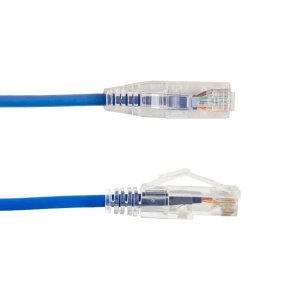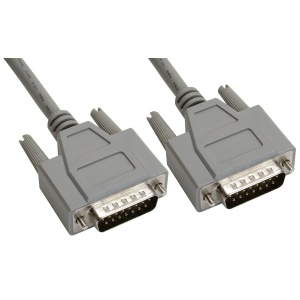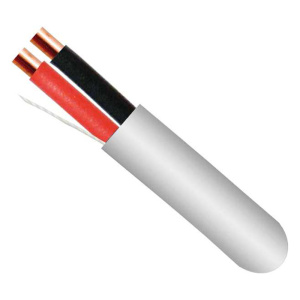Cables play a crucial role in transmitting electrical signals in a safe and efficient manner. In order to ensure that the cables used in various applications are suitable for the intended purpose, cable ratings and substitutions have been developed. This guide provides a detailed understanding of cable ratings and substitutions, and how to make informed decisions about the appropriate cable for your needs.
What are Cable Ratings?
Cable ratings refer to the specifications and parameters of a cable that determine its suitability for specific electrical applications. These ratings include information such as voltage rating, current carrying capacity, temperature rating, and environmental conditions, among others.
Voltage Rating
The voltage rating of a cable is the maximum voltage that it can safely carry. This rating is important because it helps to ensure that the cable can safely handle the electrical load without any risk of electrical shock or fire.
Current Carrying Capacity
The current carrying capacity of a cable refers to the maximum amount of electrical current that it can safely carry. This rating is important because it helps to ensure that the cable can safely handle the electrical load without overheating or becoming damaged.
Temperature Rating
The temperature rating of a cable refers to the maximum operating temperature that it can safely operate at. This rating is important because it helps to ensure that the cable can operate in the intended environment without becoming damaged or compromising its performance.
Environmental Conditions
Cables are also rated for environmental conditions such as moisture, chemical exposure, and mechanical stress. These ratings help to ensure that the cable can operate safely in its intended environment without becoming damaged or compromising its performance.
Importance of Cable Ratings
Cable ratings are important for ensuring that cables are suitable for the intended application and that they can operate safely and efficiently. This helps to avoid potential safety hazards, improves the performance and reliability of electrical systems, and reduces the risk of costly repairs and replacements.
What are Cable Substitutions?
Cable substitutions refer to the use of a cable with different ratings than those specified for a particular application. This may be done for a variety of reasons, such as cost savings, availability, or convenience.
Considerations for Cable Substitutions
When considering a cable substitution, it is important to ensure that the substitute cable has the same or better ratings as the specified cable in all relevant categories. This helps to ensure that the substitute cable will operate safely and efficiently in the intended application.
Additionally, it is important to consider any relevant safety codes and regulations when making a cable substitution. This helps to ensure that the electrical system remains in compliance with all relevant standards and requirements.
Making Informed Decisions About Cable Ratings and Substitutions
When choosing a cable for a specific application, it is important to consider the ratings and specifications of the cable in relation to the intended use. This helps to ensure that the cable is suitable for the application and will operate safely and efficiently.
It is also important to consider any potential cable substitutions, and to make informed decisions about the suitability of the substitute cable for the intended application.
In conclusion
In conclusion, understanding cable ratings and substitutions is crucial for ensuring that cables are suitable for the intended application and that they can operate safely and efficiently. This guide provides a comprehensive overview of cable ratings and substitutions, and helps to guide informed decisions about the appropriate cable for your needs.












